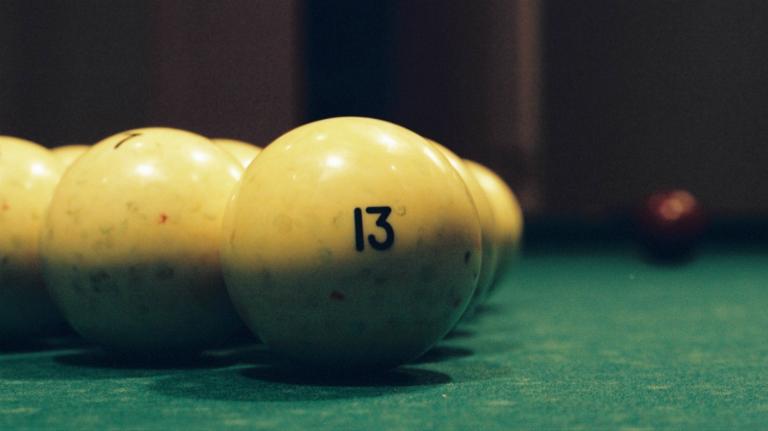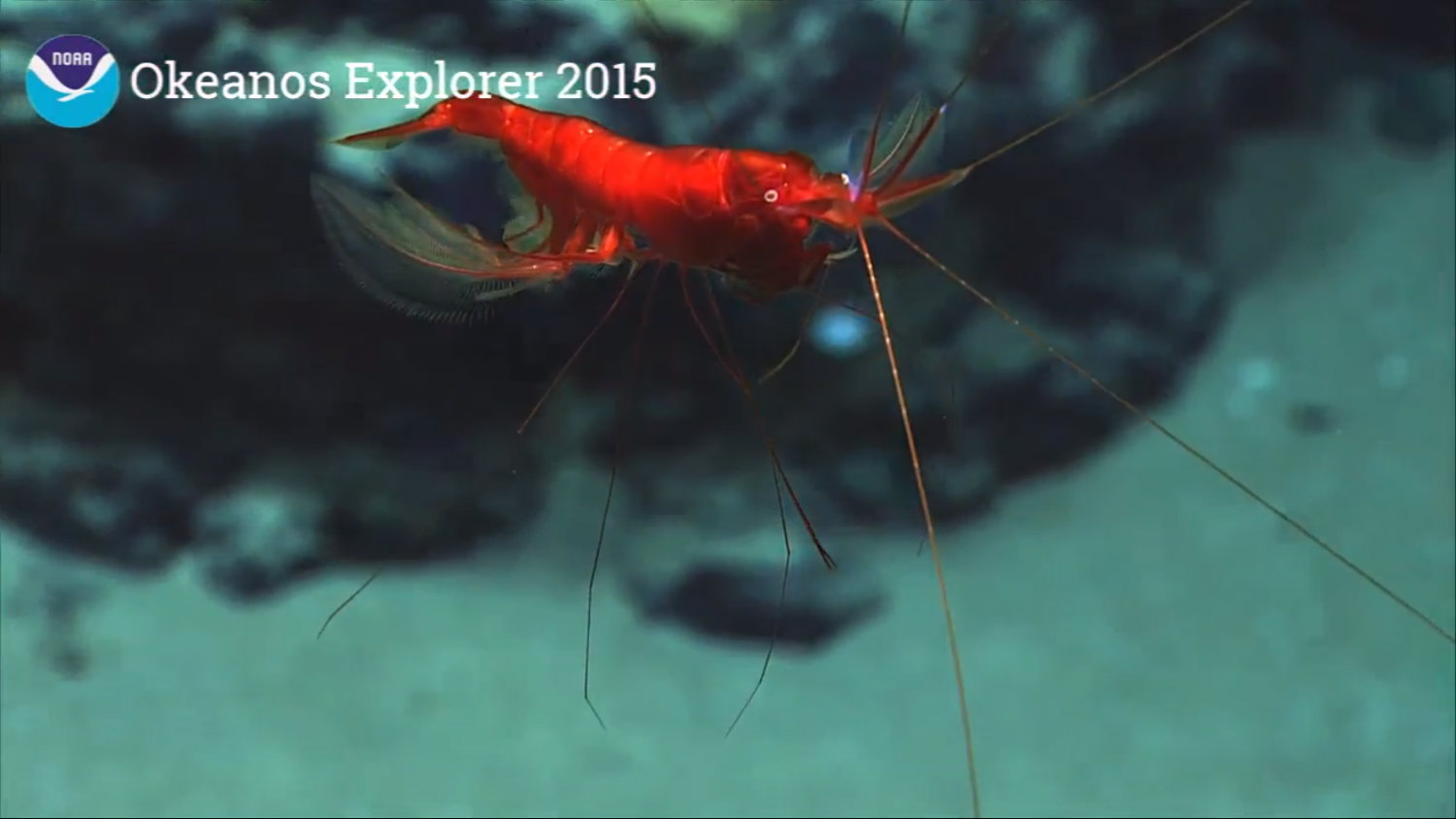Not feeling very productive today? Well, you know, psychologists say a great way to both boost creativity and increase motivation is to take a break and hang out in the nature. If you don’t have the will or the resources to transport yourself to a nearby park for a midday break, there is a worthy alternative: scuba diving!!
No, no — stay right there. I didn’t say we were going anywhere. NOAA has a live feed of the deep-sea expedition of the Okeanos Explorer, which will be making a series of dives from now until April 30 (note: The livestream will shut off between dives; if it’s down, check back at your next break). The high-tech vessel will be sending a remote-operated vehicle to traverse seafloors around Puerto Rico and the U.S. Virgin Islands (here’s a map of exactly where the exploring is happening). The scientists will be looking for organisms that have only ever been recorded posthumously and hopefully scoping out whole new species. Here’s NOAA with more on what you’re likely to see in the next month:
This area includes a diversity of seafloor features, such as trenches, seamounts, submarine canyons, valleys, and troughs. These features likely contain valuable and vulnerable ocean resources, but very little is known about them, making this an important area to survey. It is highly likely that new and rare observations of numerous seafloor communities (including deep-sea corals) will be recorded in the region.
Already feel that tide of ocean-sourced creativity rising? Well, just you wait. Today’s dive takes us to the Arecibo ampitheater, a place that NOAA describes as being a “virtually unknown escarpment of northwest San Juan, Puerto Rico.” The adventure! The new, uncharted territories! An underwater ampitheater! All from the comfort of your warm, dry cubicle!
NOAA’s goal for livestreaming the expedition is to get citizen scientists (and desk-side adventurers) excited about understanding how to sustainably care for the ocean’s resources, by first understanding what’s even down there. Here’s NOAA:
“We have a lot of devoted fans who follow our explorations closely,” [NOAA director of ocean exploration and research Alan] Leonardi said. “But with each expedition we reach new audiences who are fascinated by what we are seeing in the deep ocean. This public engagement improves science literacy and fosters an interest in the sciences among young people – perhaps leading to the next generation of ocean explorers.”
Now, explorers, get on your scuba gear (i.e. earphones and a coffee warm-up) and take the plunge. If you get hooked, you can check out the image and video gallery that’s being updated throughout the expedition here.
Onward, adventurers! Then, back to work.




